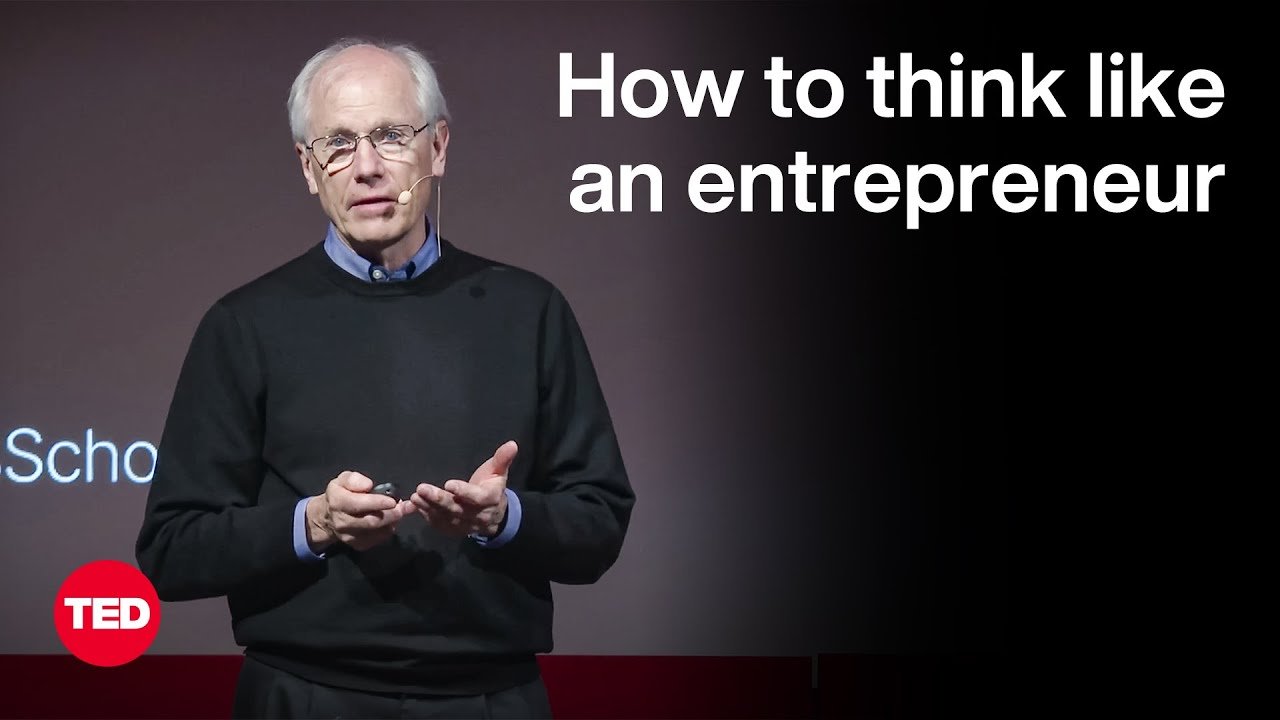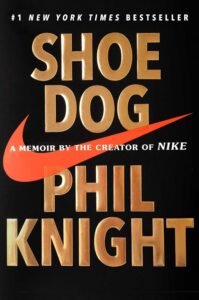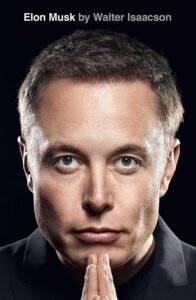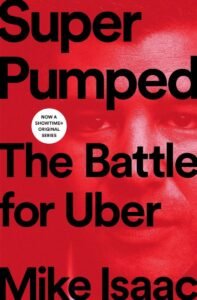John Mullins is Associate Professor of Management Practice in Marketing and Entrepreneurship at London Business School. Prof. Mullins has spent 20 years teaching and researching executive experience in high-growth retailing firms.
In this 15-minute TED video, Prof. Mullins shares 6 counter-conventional mindsets for entrepreneurs looking to think strategically:
- Yes, We Can
- Problem-First, Not Product-First Logic
- Think Narrow, Not Broad
- Ask for the Cash and Ride the Float
- Beg, Borrow (But Don’t Steal)
- Never Ask Permission (Beg Forgiveness Later)
Intro
Example: Lynda Weinman creating Lynda.com (0:04)
- In 1995, Lynda Weinman, a graphic design teacher and aspiring entrepreneur, launched Lynda.com.
- Initially a platform for showcasing student work, it evolved into a comprehensive online learning resource, ultimately sold to LinkedIn for $1.5 billion.
- Lesson: Lynda is the poster child for what I call the counterconventional mindsets of entrepreneurs. (1:10)
- Why counter-conventional? Because these six mindsets run counter to
- the best practices found in large companies;
- what are taught in business schools about strategy, finance, marketing, risk, and more.
- What’s a mindset?
- Things (e.g., attitudes, habits, thoughts, mental inclination) that predispose entrepreneurs to recognize and act on opportunities in unconventional ways.
- Why counter-conventional? Because these six mindsets run counter to
1. Yes, We Can
What business schools teach (2:05)
- Stick to your knitting
- Know and build on your core competencies.
- What if a customer asks for something else?
- “No, I’m sorry, we don’t do that around here.”
Example: Brazilian entrepreneur Arnold Correia (2:30)
- Correia transformed his business multiple times by embracing opportunities outside his core competencies.
- Example: His customer had I have 260 stores scattered all around Brazil.
- Customer request: “So, Arnold, could we put televisions in the training room of all my stores, and could we build a satellite uplink so we can send all this wonderful stuff to the stores?”
- Correia responded “Yes, we could do that” and got it done.
- Even though he knew nothing about satellite technology.
- And he had never operated outside São Paulo.
- Example: Walmart wanted to move TV screens on the sales floor and run ads on them. (3:26)
- Again, Arnold said yes to that request.
2. Problem-First, Not Product-First Logic
Conventional big-company wisdom: product-first logic (4:13)
- New products are rolled out, but they are not really innovations.
- Tide detergent (“new and improved”)
- Coca-Cola (Diet Coke, Coke Zero, and Vanilla Coke and Cherry Coke, etc.)
Example: Jonathan Thorne developed a useful technology (5:04)
- Problem with surgical forceps: they stick to human tissue.
- Thorne solved the problem by developing a new silver-nickel alloy.
- Used in plastic surgery.
- Thorne solved the problem by developing a new silver-nickel alloy.
- The business did not grow fast when focusing on plastic surgeons. → Turning to solve a bigger problem for neurosurgeons.
- The same tool now is used to take little tumors out of brain and spine.
3. Think Narrow, Not Broad
Big-company wisdom (6:47)
- Do not want narrow target markets: new markets must be large.
- New products must “move the needle”.
Example: the Nike story (Phil Knight & Bill Bowerman)
- Identified a problem for a very narrow target market.
- Problem: Running shoes at the time were made for sprinters and not for distant runners like Knight.
- Causing sprained ankles when distant runners wore those shoes running on country paths and dirt roads.
- Solution: made shoes especially for distance runners.
- With better lateral stability; a wider footbed; a little more cushioning in it.
- Started by import those shoes from Asia.
- The whole Nike story is well documented in Phil Knight’s autobiography “Shoe Dog: A Memoir by the Creator of Nike“.
- Problem: Running shoes at the time were made for sprinters and not for distant runners like Knight.
4. Ask For the Cash; Ride the Float
Big companies generally are awash in cash, though cash might not be put into the best use. (9:01)
- Merck, in 2018, spent $14 billion on stock buybacks and dividends. By comparison, $10 billion were spent on research & development (R&D).
Example: Elon Musk and Tesla (9:19)
- Cash was the lifeblood of the Tesla startup.
- Tesla’s plan when Musk joined:
- build fancy sports cars → make a lot of money → use that money to build lower-priced cars → make more money → build mass-market cars that more people can afford → address the emissions problem that the global automobile industry creates.
- Musk’s response: “Let’s go see if we can sell some cars.” (9:54)
- Did a road show in California by targeting customers who
- cared about the environment;
- were wealthy;
- thought it might be cool to have the next big thing parked in their driveway.
- Sold 100 Tesla Roadsters for $100,000 each. → $10 million
- Before they had built Roadster number one.
- Did a road show in California by targeting customers who
- Tesla uses the same strategy all the way through its journey.
- Model 3: Nearly half a million consumers put down deposits of $1,000 each. → $500 million paid in advance!
- Important to build your entrepreneurial venture by securing customer deposits upfront.
5. Beg, Borrow (But Don’t Steal)
Business School Finance 101: how to evaluate an investment project?
- Decide the investment required.
- Figure out cash flow for the next X years.
- Compute ROI (return on investment) in line with risk.
- Go with the project if ROI is good enough.
Example: Go Ape, the treetop adventure business (Tristram Mayhew and Rebecca Mayhew) (11:38)
- The Mayhews did not think that way at all.
- The first saw the treetop adventure during their trip to France. Then they wondered if they could build a similar one in the UK.
- The business needed trees. The UK Forestry Commission has trees in the UK. → They partnered with the Forestry Commission to start the business.
- The Commission was very interested in increasing their visitor count.
- The deal: “Look, if you’ll give us a chance to build five of these and show you that it works, we’d like an exclusive for the rest of them, for 25 years.”
- Today, there are more than 30 Go Ape adventure sites across the UK and whole bunch of them in the US.
- Mayhews borrowed most of the assets they needed.
- The trees, the loos, the parking lots, etc.
- All they had to do was put their kit on the trees.
6. Never Ask Permission (Beg Forgiveness Later)
Big companies have the blocker to do innovative and entrepreneurial things: armies of lawyers (13:08)
- “Yes” takes a long time.
- But anyone can say “No”.
Example: Uber (Travis Kalanick and Garrett Camp) (13:36)
- Kalanick and Camp didn’t to ask the permission of the San Francisco regulators when they founded Uber.
- What do you think the regulators would have said?
- Entrepreneurs don’t ask permission, they just get on with it.



